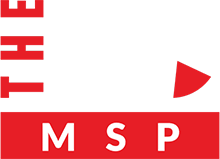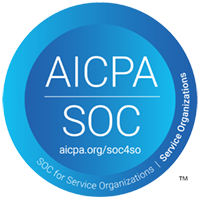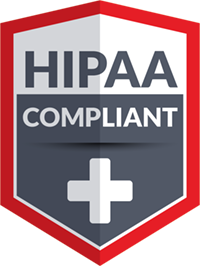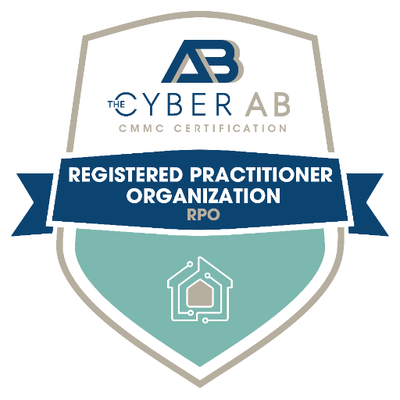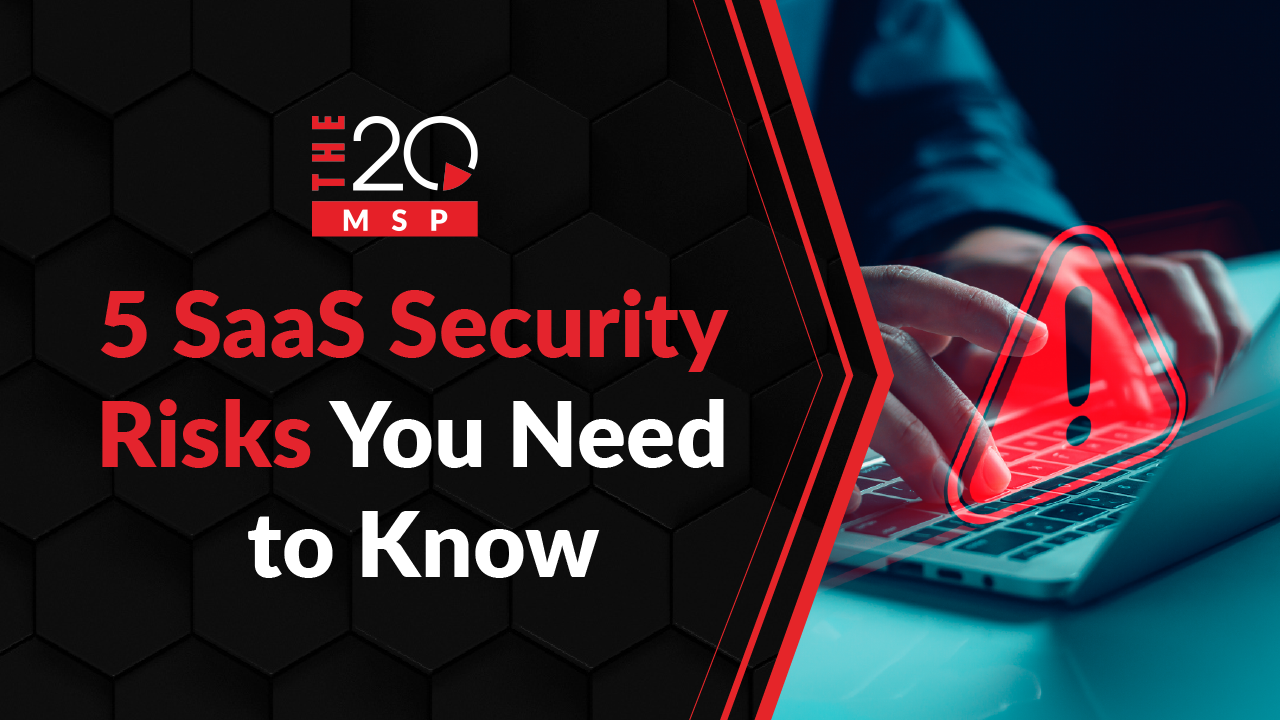
5 SaaS Security Risks You Need to Know
There’s a good chance you’re more familiar with SaaS than you realize. Salesforce, Dropbox, Slack, Google Drive, etc. – all of these products are Software as a Service (SaaS) applications. From ease of use to affordability, SaaS applications are great options for businesses of all sizes. Expected to grow to over $230 billion by the end of 2024, the SaaS industry stands as a titan in technology, and it’s easy to see why.
But it’s not all butterflies and rainbows.
SaaS applications, although incredibly useful, pose serious security risks that are easily overlooked. But before we dive in, let’s cover exactly what makes SaaS so appealing. Because despite their security risks, SaaS applications are here to stay.
What is SaaS?
Traditionally, business software is installed by your IT department. These pieces of software require manual updating and maintenance while taking up storage space on an employee’s computer or company server. Some software even requires the purchase of individual licenses.
SaaS is different. It’s software provided through the internet by a company outside your own. With SaaS, you can use services directly online without needing to maintain anything yourself.
Let’s take Netflix as an example. When you subscribe to Netflix, you gain access to its library of TV shows and movies. These videos stream through the internet directly to your device. There’s no need to worry about computer space or server issues. Netflix handles everything.
This is generally how most SaaS applications work. They aim to provide user experiences with minimal effort. All you need to do is simply pay a subscription fee (although many SaaS applications are free), log in to your account, and enjoy.
SaaS Security Risks
The benefits of SaaS are hard to ignore; it’s cost-efficient, easy to use, and designed with scalability in mind. That said, there are some serious concerns with SaaS – namely, security.
Before getting into more specifics, we need to understand just how big SaaS is. As of 2024, there are approximately 30,000 SaaS companies out there. That’s a lot of applications!
We’ve discussed the attack surface in our previous blogs, but let’s recap: Your attack surface is any part of your organization a hacker could use to enter. This can be a compromised computer login, a faulty IoT device, or, in this case, an unsecure SaaS application.
When you install a SaaS application, you increase your attack surface. A larger attack surface means a larger security risk. As more and more applications enter your organization, your attack surface can grow immensely.
So let’s look at some SaaS risks and see how to combat them.
1. Shadow IT
No, this isn’t your IT department’s evil twin. Shadow IT is when someone in your organization downloads an application without telling IT. Similar to the challenges IT professionals face with IoT devices, Shadow IT has become a serious problem for organizations, with up to 32% of remote and hybrid workers admitting to using unauthorized SaaS applications for their daily tasks.
Without knowing which applications are being used, tracking SaaS applications can be a nightmare. Undocumented applications are constantly increasing, with some applications attached to browser extensions. Even if 99% of these Shadow IT applications are secure, it only takes that remaining 1% to cause a data breach.
To combat this growing mountain of applications, we recommend maintaining an up-to-date inventory of all installed SaaS apps and extensions. Conduct risk assessments to evaluate the threat level posed by each application. We also recommend using SaaS discovery tools to get to the bottom of this Shadow IT epidemic.
2. Misconfiguration
It can be easy to overlook privacy settings. You may never give these settings more than a second thought, assuming the application is safe as soon as you hit download. Unfortunately, this can come back to bite you.
Many applications come with critical privacy features, but some features – like multi-factor authentication – need to be set up on the first download. If someone sets up their application incorrectly (ignoring vital security features), they probably won’t think about going back to check.
We strongly urge you to do your due diligence with each new SaaS application. If you need help, contact your IT department or Managed Service Provider (MSP). They can make sure you activate important security features like MFA. If an application doesn’t provide satisfactory privacy settings, don’t use it!
3. Supply Chain Attacks
In the world of SaaS, hackers employ a type of data breach called a supply chain attack. During a supply chain attack, hackers go after SaaS companies themselves to get into their users’ accounts, especially passwords that aren’t protected by encryption. If a SaaS app you use gets hit by one of these attacks, hackers could quickly break into your employees’ accounts or breach your servers.
If sensitive information gets leaked, an organization can find itself in a world of hurt. When a client’s data is exposed, it can lead to financial losses, legal issues, and damage to an organization’s reputation that many can never recover from.
Despite SaaS organizations’ best efforts, these data breaches happen all the time. According to SCMagazine, data breaches are the most common security incidents in the SaaS field. Take the attacks on Twilio and Okta as examples.
Like with misconfiguration, you must implement security measures such as multi-factor authentication. You should also practice good password hygiene and confirm if your SaaS applications provide password encryption. We also suggest limiting SaaS applications that handle sensitive information to the absolute minimum.
4. Disaster Recovery
There’s often no telling what disaster recovery plan an individual SaaS provider has or if they have one at all. Without contacting your third-party vendor, you will be left in the dark. Yes, large companies like Microsoft will have disaster recovery plans in place but never assume a company is following security best practices.
Once again, research your SaaS application before using it at work. If any of these applications work with sensitive data, roll them into your company’s disaster recovery plan. Reach out to your IT team or MSP so they can help adjust your plan, as needed.
5. Regulatory Compliance
Regulatory compliance is already a messy topic by itself. Introducing SaaS applications into the mix only complicates things further. Placing sensitive information in the hands of a SaaS supplier means putting data into an environment that may not meet your industry’s regulatory compliance requirements. Vendors are supposed to comply with specific SaaS compliance guidelines, but you should never make assumptions.
When vetting your SaaS apps, ask about their compliance policies. Don’t worry, we understand you probably won’t want to delve into this when downloading the latest office app. So don’t! Instead, consult your IT team for assistance. They should know what questions to ask.
Software as a Safe Service (SaaSS)
SaaS isn’t going anywhere. Too many SaaS applications are vital to the workplace – we couldn’t imagine a day without Microsoft Teams! But that doesn’t mean we should be blind to their risks.
As the number of SaaS applications grows, we urge you to practice Software as a Safe Service or SaaSS, (yes, we made this up). Don’t install an application without considering the security threat. Consider avoiding applications that aren’t necessary, while locking down those that are with encryption and MFA.
Managing SaaS apps responsibly is a lot of work – and it takes time you don’t have. Realistically, you won’t be able to properly vet and integrate every single application; that would take way too long! So if you’re looking for an easier way to take care of this stuff, consider contacting The 20 MSP. We’ll handle SaaS so you can focus on running your company.
Before you install that next app, give us a call!
